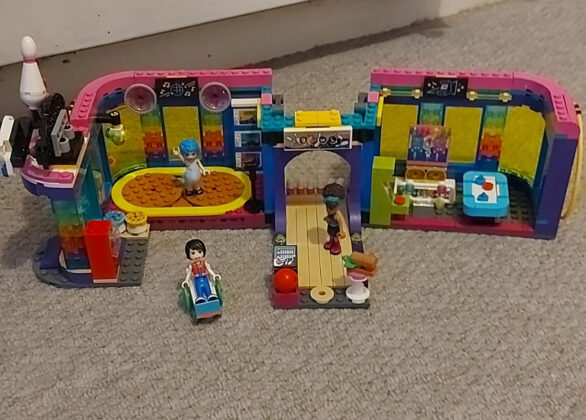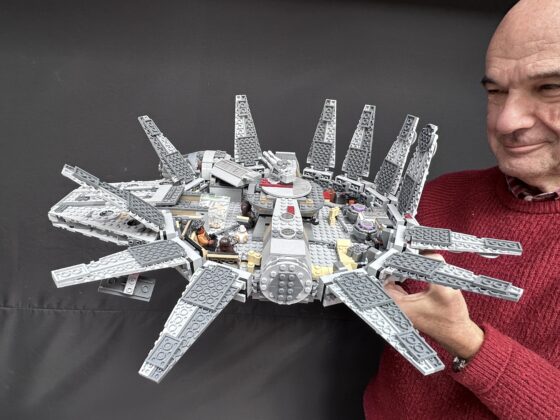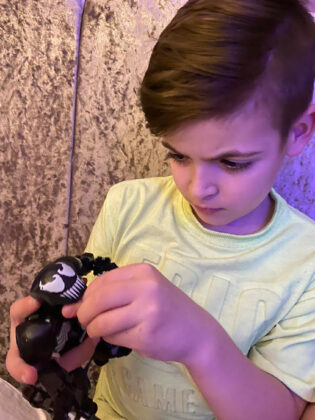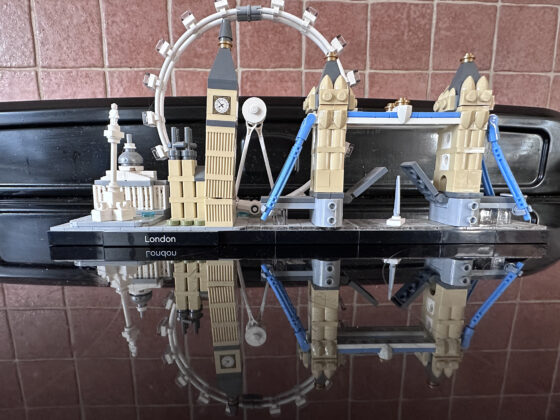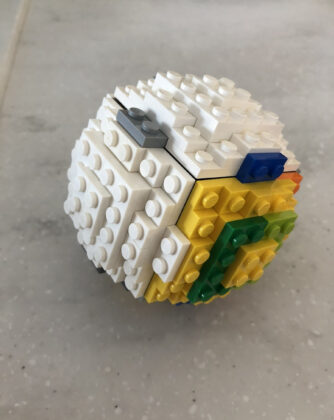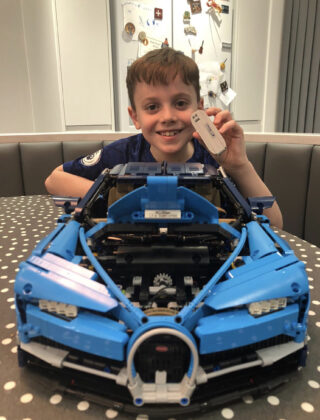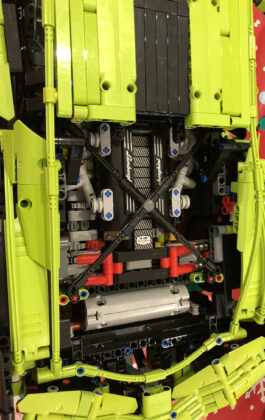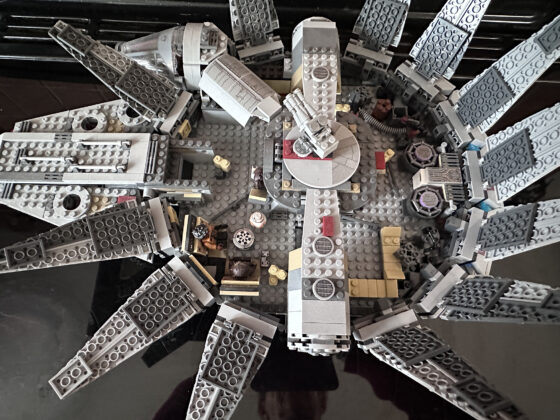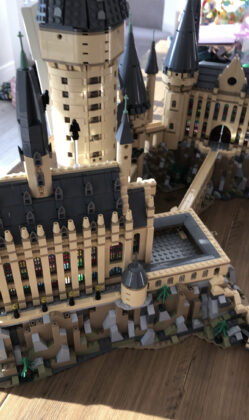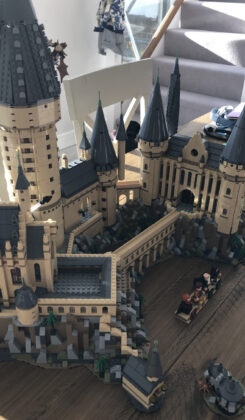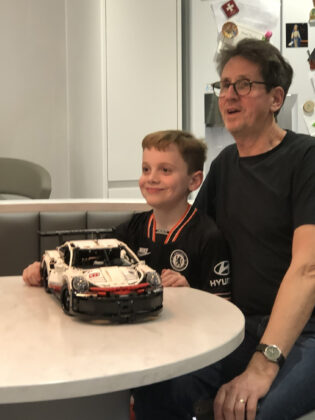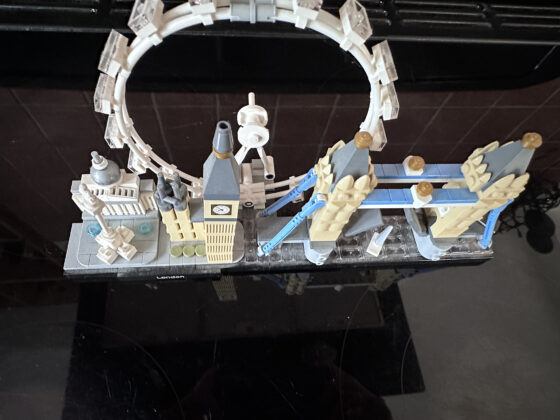Henry Farr, aged 11, a regular visitor to Rye and Camber, has been building Lego creations since he was three. In the early days they were simple models, following instructions with his dad. Today they are cars with engines and full working parts. He explained that Lego has given him a way to be creative and to focus in his own world. These days he prefers to work solo and often will get up early whilst the family is still sleeping just to have peace and quiet to concentrate.
“I love making Lego models because it’s fun. It’s sometimes a challenge but I don’t let it beat me! It makes me problem solve and it makes me feel happy.”
The colourful plastic bricks known as Lego have entertained children and adults around the world for nearly seventy years. Lego is used to make vehicles, machines, toy buildings, creatures, in fact anything imaginable — and models can be taken apart and put back together which means endless hours of creative play. National Lego Day, on January 28, celebrates these incredibly enriching and ingenious bricks.

Lego blocks originated in the Billund, Denmark in the workshop of Ole Kirk Christiansen, who began making wooden toys in 1932. Two years later he named his company Lego taking the first two letters of the Danish words LEG and GODT, meaning ‘play well’.
Lego is such a great teaching tool. Following instructions, understanding symmetry and patterns all help a child to grow creatively. Patience and concentration skills are enhanced and in a world where children often want instant success, the slow building process can help children understand that in order to get good results, it can take time and that hard work can pay off! Lego helps children to problem-solve and to develop mathematical skills. I am sure Ole would never have thought that those colourful little plastic pieces could have such amazing benefits.

• Lego makes 400 million tyres a year for its various vehicles, far outstripping any real-life tyre-maker.
• The UK’s James May built a house out of 3.3 million bricks. It contained a working toilet, shower, and bed.
• Lego Minifigures are the world’s largest population, with over 4 billion of them.
• Laid end to end, the number of Lego bricks sold in a year would reach more than five times round the world.
Image Credits: Jo Farr , Kt bruce , Jo Farr , Katy Sargent , Heidi Foster .





